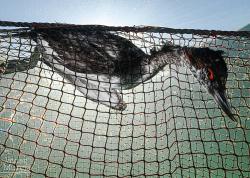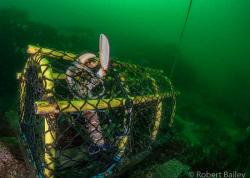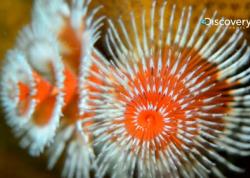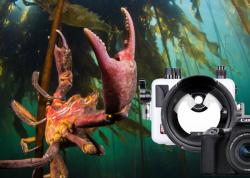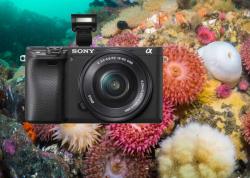Lionfish Invade the Mediterranean

The azure waters of the Mediterranean have been the center of Western civilization for millennia. The sea wears many hats - it is a vital trade route, an inspiration for art, a breadbasket for sustenance, and a great way to cool off on a hot summer's day. With so much use, it is expected that the Mediterranean would not be left untouched by homo sapiens. In many ways, it evolves with us. And now, as our society changes at a more rapid rate - so is the Mediterranean.

A History of Connection
In 1869, the Suez Canal was complete and the Mediterranean was opened up to the rest of the world - in more ways than one. Along with the flow of trade into and out of Europe, many marine species followed container ships between the Red Sea and the Mediterranean. Because more diverse Red Sea species were well adapted to high temperatures and high salinity, the most common path of migration is from the Red Sea to the Mediterranean and not the other way around. These species are called Lessepsian migrants. Currently, over 300 species of migrants have made it to the Mediterranean - rapidly changing the ecology and character of the sea. But perhaps none with as much potency as the infamous Lionfish.
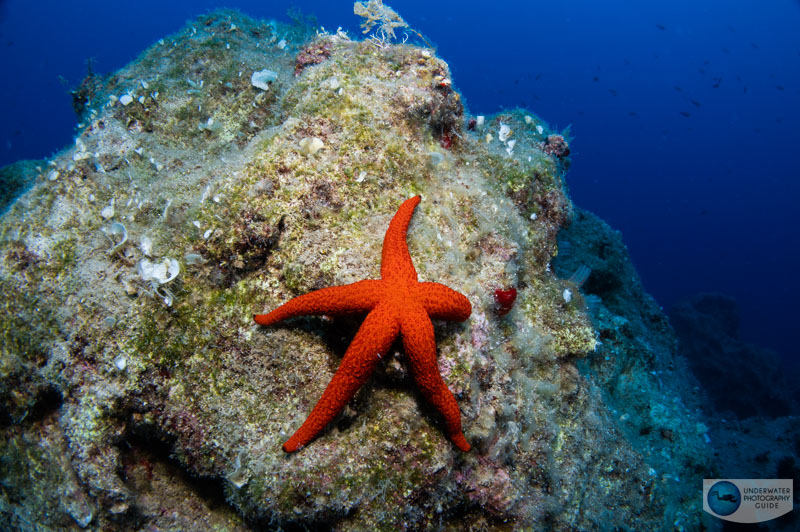
A Familiar Foe
You may have heard of them before... Lionfish are mesmerizingly beautiful carnivorous fish known for their poisonous spines and quick reproductive rates. In the mid 1980s, they were accidentally introduced to the Western Atlantic and Caribbean, becoming one of the region's most invasive species. Divers in the Caribbean see them virtually everywhere, and they threaten reef populations by feeding on smaller, juvenile fish. Female lionfish produce 2 million eggs per year and spawn every four days. With no natural predators, Lionfish are firmly entrenched in the Caribbean and will likely never leave.
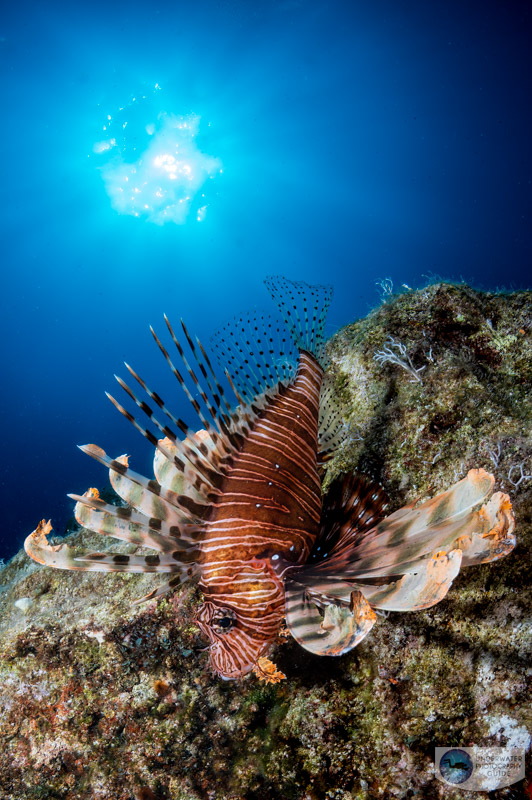
For the past century, the Mediterranean had been largely spared from a Lionfish invasion. But as climate change causes waters in the region to warm, Lionfish have begun to take a foothold in the eastern regions of the sea. In 2015, the European Commission sounded the alarm on these Lessepsian migrants, and some efforts have been made to partner with scientists in the Western Atlantic who are vested in lionfish removal. But since then, few media outlets have covered the invasion. After all, there has been plenty else to cover since 2015.
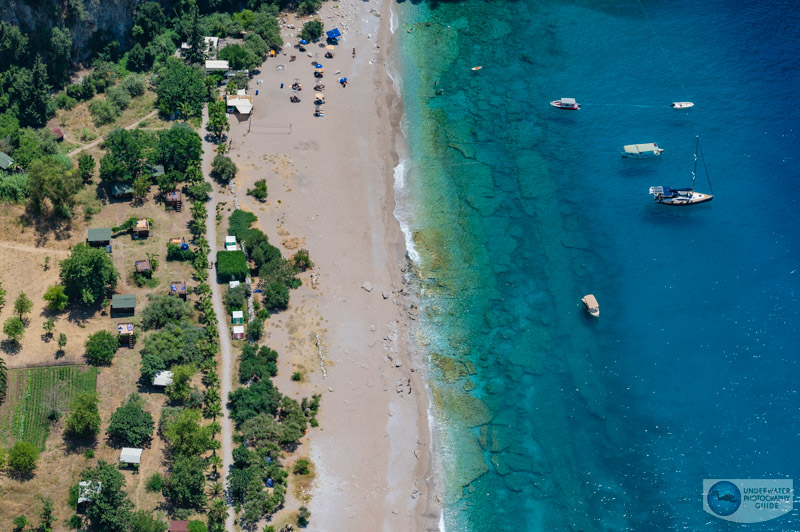
Searching For Lionfish
So in the summer of 2022, I decided to make my way over to the Turkish Riviera, pack some dive gear, and hop in the waters of the Lycian coast to see what I could find. I boarded one of the many dive vessels in the "diving town" of Kaş - the center of diving in Turkey. After a short boat ride out to a classic Mediterranean cliffside covered in shrubs, I did a "giant stride" into crystal clear, blue water. My first impression was as expected....the dramatic topography appeared mostly lifeless. It's no secret that thousands of years of fishing have taken a hit on Mediterranean fish populations. In fact, the only place I've seen fewer fish is the Gulf of Maine.
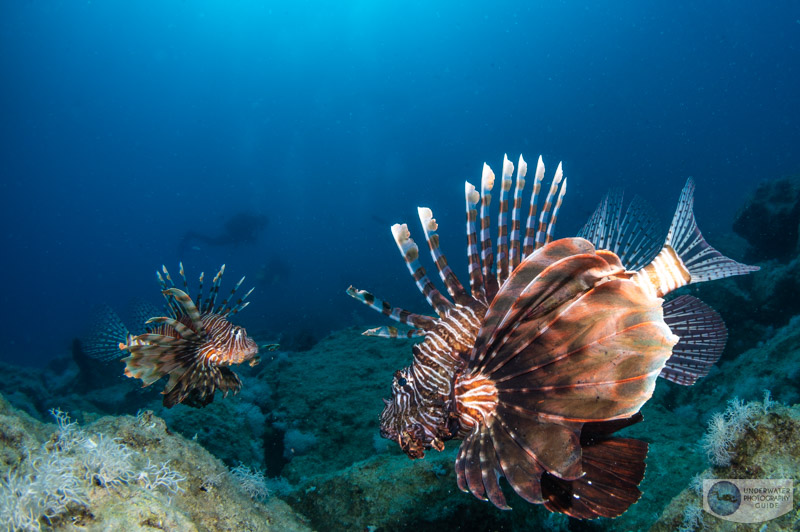
But as I descended deeper into the blue, small, dark, basketball-sized shadows emerged from the depths. They hovered calmly in the water column, just above the rocky substrate, seemingly in a trance. I approached closer, I noticed the familiar striations and spines - they were lionfish....dozens of them. One by one they turned to face us approaching divers, flaring out their spines as if to tell us not to come too close. But a few of them couldn't contain their curiosity and approached their reflections in the dome of my underwater camera.
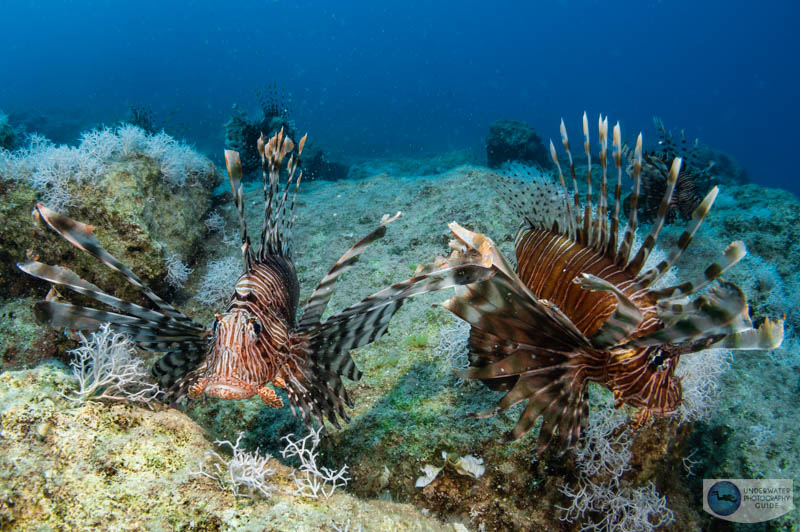
As we continued the dive, I realized that the lionfish were everywhere. It was a dramatic difference from the Caribbean invasion. While you can see lionfish on every dive in parts of the Caribbean, in Kaş the lionfish appeared to be the primary species. It was more than an invasion - it was a replacement.
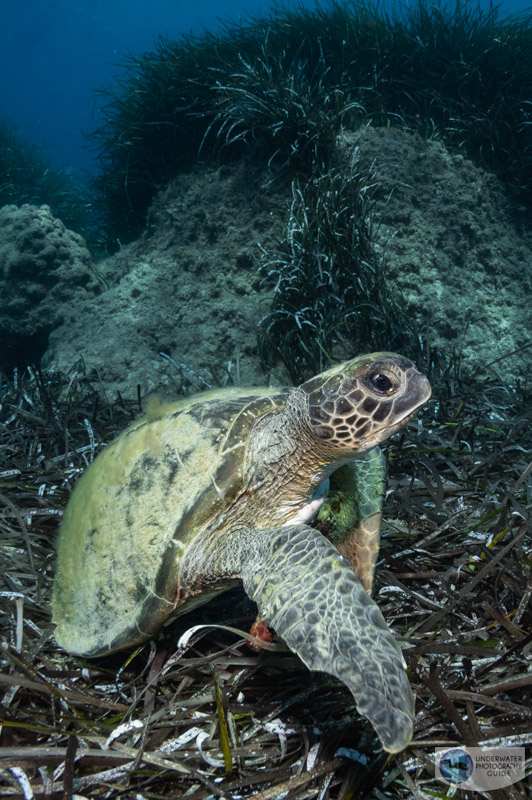
Life Finds a Way
While a few dives can only be anecdotal evidence, I was left quite alarmed for the state of the Mediterranean. If the primary species of fish in a given dive is an invasive species, was I really diving in the Mediterranean? Yet at the same time, it's interesting to see nature thrive and adapt to changing ocean conditions and climate change. Perhaps the lionfish are well established now, but what if other species arrive to replace them...
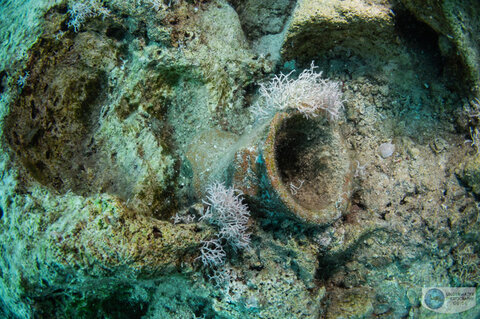
So what do we do in this ever changing environment shaped by human civilization? If the answer is to try to go back to the way things were, the answer is clear. Divers need to step up as they have in the Caribbean and create programs to cull and eat Lionfish. If lionfish could become the primary source of protein in the Mediterranean, fisheries should be established to capture this fish, and consumers will need to learn to like it as they have done with other new fisheries in the past. But ultimately, my hopes aren't high for human intervention. After all, it hasn't quite worked in the Caribbean, and with climate change there is likely no "going back". We may just have to wait and see how things pan out. As the great Dr. Malcolm once said...."Life finds a way."

RECOMMENDED ARTICLES
SUPPORT THE UNDERWATER PHOTOGRAPHY GUIDE:
The Best Service & Prices on u/w Photo Gear
 Visit Bluewater Photo & Video for all your underwater photography and video gear. Click, or call the team at (310) 633-5052 for expert advice!
Visit Bluewater Photo & Video for all your underwater photography and video gear. Click, or call the team at (310) 633-5052 for expert advice!
The Best Pricing, Service & Expert Advice to Book your Dive Trips
 Bluewater Travel is your full-service scuba travel agency. Let our expert advisers plan and book your next dive vacation. Run by divers, for divers.
Bluewater Travel is your full-service scuba travel agency. Let our expert advisers plan and book your next dive vacation. Run by divers, for divers.




